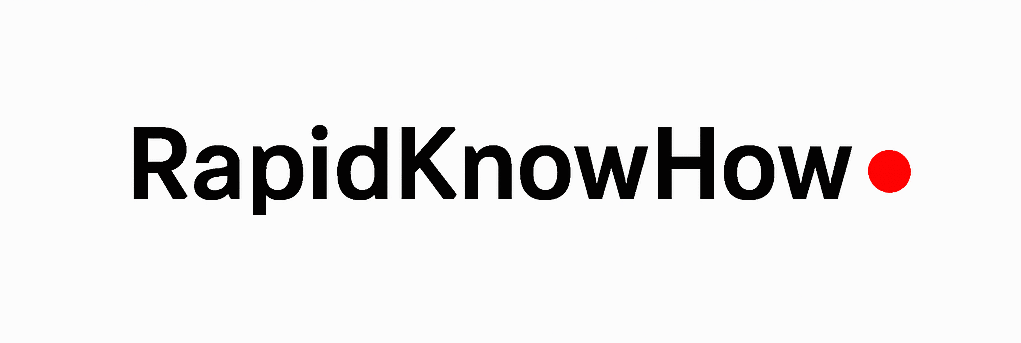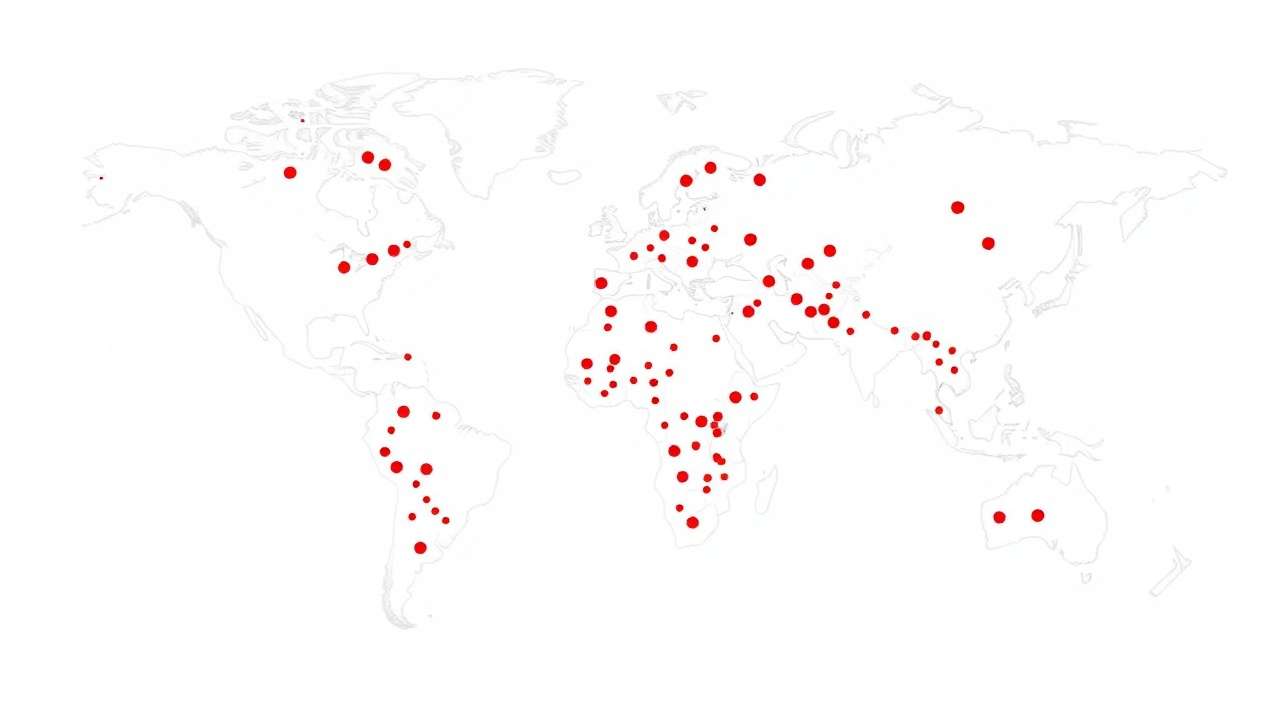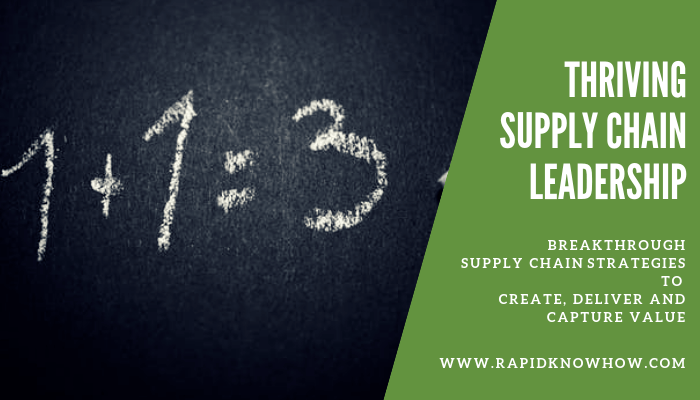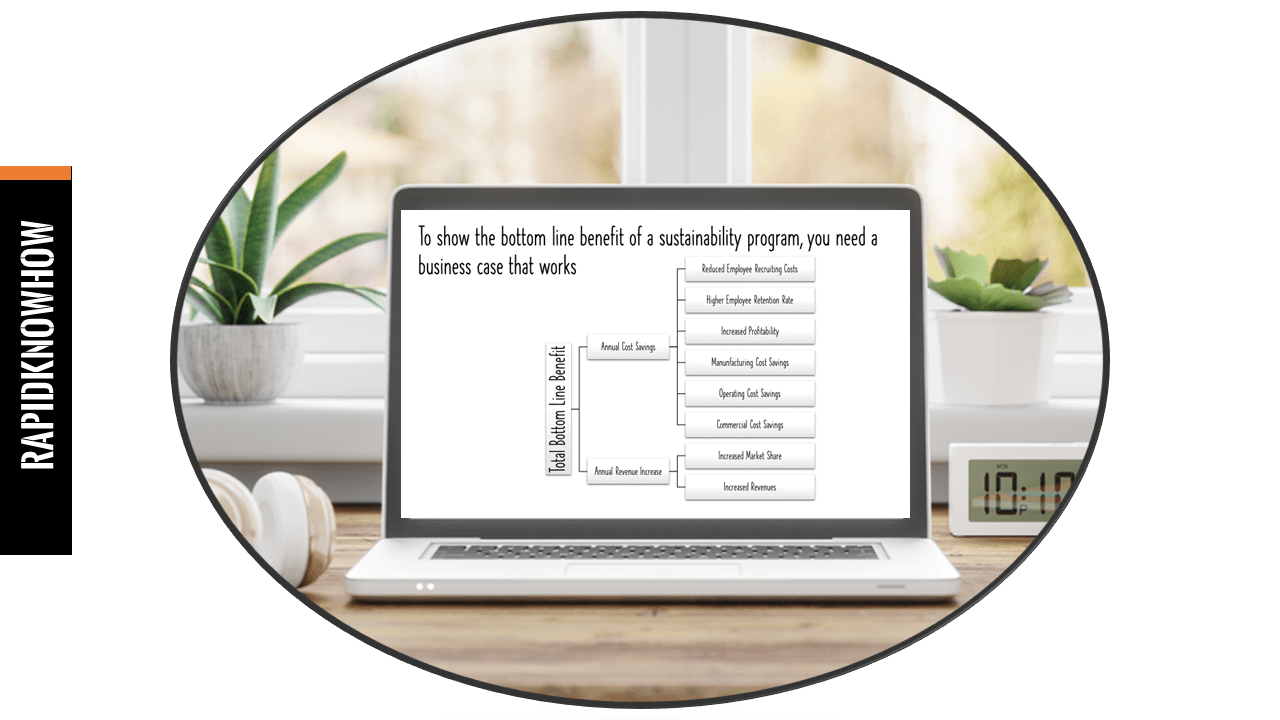🧭 Audit of Global Misinformation & Power Asymmetries + 10 Flashpoint Cases (2025–2030) Transparency Index 1.0: Audit Framework
Purpose
To assess the level of transparency, information integrity and power-asymmetry risk in given geopolitical flashpoints — with the aim of enabling ecosystem-based peace leadership.
Key Audit Dimensions
- Misinformation Risk – How pervasive and impactful are false/disinformation narratives?
• Global consensus: ~72 % of adults in 25 countries say online false information is a major threat. ASIS International+2un-dco.org+2
• The World Economic Forum (WEF) identifies misinformation/disinformation as among the greatest short-term global risks. Computer Weekly+1
• Power asymmetry in information flows: asset-rich actors, state-sponsored media, AI-enabled deepfakes amplify impact. ScienceDirect+1 - Power Asymmetry – Structural imbalances that amplify one actor’s influence over truth, narratives or decision-making.
- Transparency Mechanisms – Existence of open data, citizen verification, fact-checking, independent media.
- Governance & Accountability – Are institutions responsive, inclusive, and free of undue power concentration?
- Ecosystem Resilience – Capacity for information ecosystems (citizens + media + tech) to self-correct, resist narrative capture, and regenerate trust.
Scoring
For each dimension you assign a score (0-100). Higher = more transparency, lower risk.
Compute a composite Transparency Index Score for the case.
Target benchmark: above 70 = healthy ecosystem; below 40 = high risk flashpoint.
🌍 10 Current Flashpoint Cases (2025-2030)
Here are ten suggested flashpoint cases where transparency, misinformation and power asymmetries are critical. Each case can be assessed with the above Audit Framework.
- 2025 India–Pakistan conflict — cross-border escalation, Kashmir region. Wikipedia
- Features: False flag claims, fake videos of downed jets, large-scale mis/disinformation campaigns alongside military exchange.
- Israel–Hamas conflict (2023–25) – heavy misinformation around hospital strikes, deep-fakes, social-media campaigns. Wikipedia+1
- Taiwan Strait Crisis 2026 (speculative/illustrative) – information warfare between PRC & ROC, media control, cyber influence.
- Sudan Civil Conflict 2025 – internal power shifts, foreign-proxy involvement, opaque humanitarian narratives.
- Sahel Regional Instability 2027 – extremist networks, governance vacuums, weaponised rumours among local communities.
- South China Sea Resource Dispute 2028 – mineral rights, naval standoffs, narrative control by state media and energy-industry interests.
- Amazon Basin Indigenous Rights Conflict 2029 – resource extraction, community dispossession, information asymmetry between corporations and indigenous networks.
- Arctic Shipping Route Crisis 2026 – climate geopolitics, emerging routes, adversarial narratives over sovereignty and environmental data.
- Eastern Europe Energy & Disinformation War 2025 – gas supply leverage, narrative warfare tied to shale/reserve politics and energy asymmetries.
- Global Climate Misinformation Surge 2025 – while not a “conflict” in the traditional sense, the power asymmetry of fossil fuel companies, state media and denial narratives presents a flashpoint for ecosystem leadership. The Guardian
✅ How to Use the Audit
- For each flashpoint case, map:
- Key actors with information advantage (state media, private firms, tech platforms)
- Narrative flows and misinformation events (deep-fakes, bots, pseudo-journalism)
- Transparency inflection points (e.g., open data releases, fact-check campaigns)
- Scores on each dimension → composite Transparency Index
- Prioritise cases with low transparency scores (<40) as early intervention targets for ecosystem leadership.
- Deploy interventions: citizen-platforms, open-source verification hubs, AI-powered monitoring dashboards, coalition-based information networks.
🔧 Strategic Implications for Peace Ecosystem Leadership
- Address Information Infrastructure: Building trust networks and citizen verification capabilities is as vital as deploying peacekeepers.
- Mitigate Power Asymmetries: Empower local/community media, open data portals, and transparent AI for narrative resilience.
- Anchor Transparency in Governance: Peace ecosystems require not just treaty-signing but information architecture that prevents manipulation.
- Use Flashpoints as Learning Labs: Each case becomes part of a Peace Ecosystem Playbook — tools, processes and metrics you replicate across geographies.





